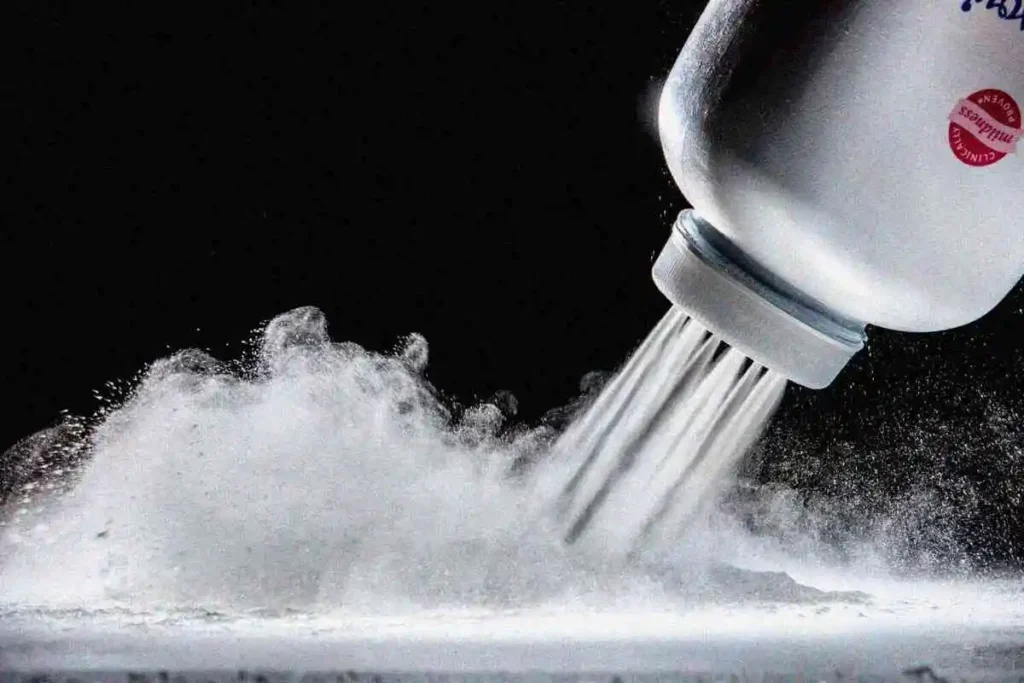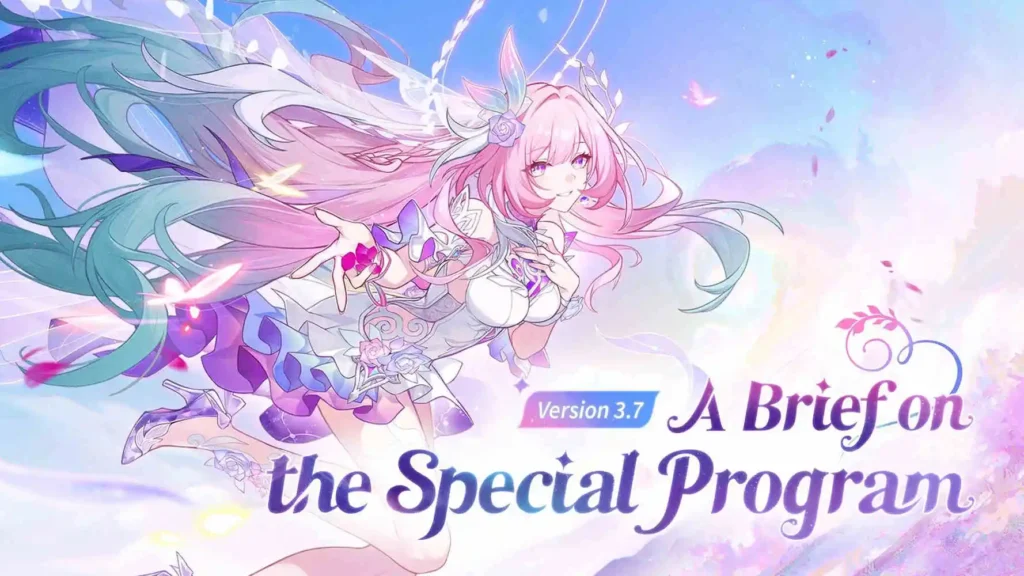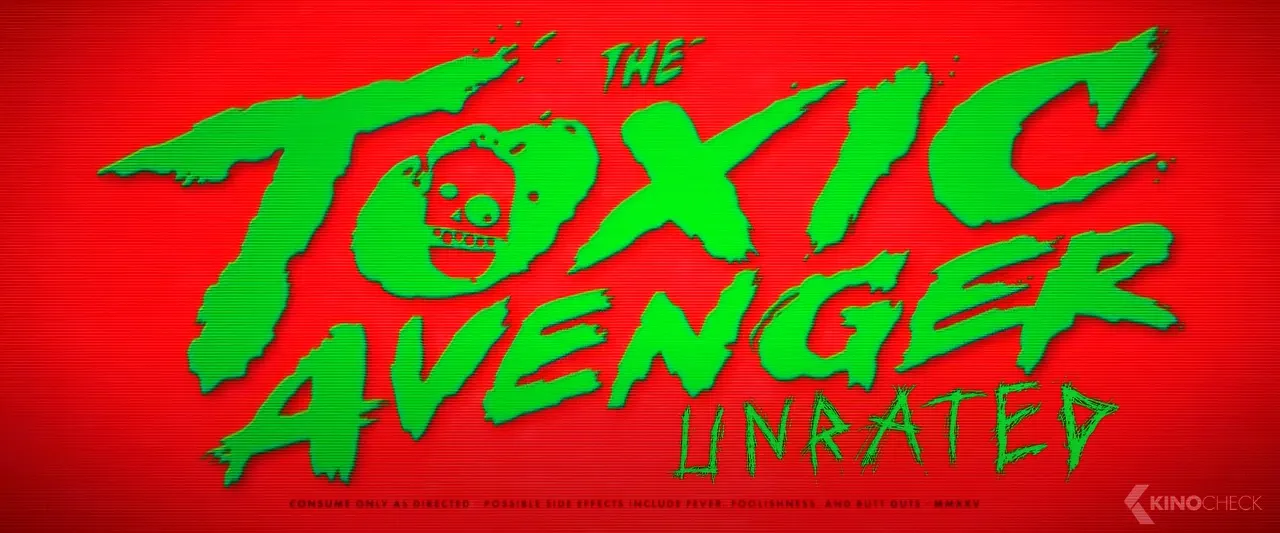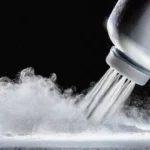Now Reading: Why Salty Foods Cause Discomfort and How to Feel Better
-
01
Why Salty Foods Cause Discomfort and How to Feel Better
Why Salty Foods Cause Discomfort and How to Feel Better
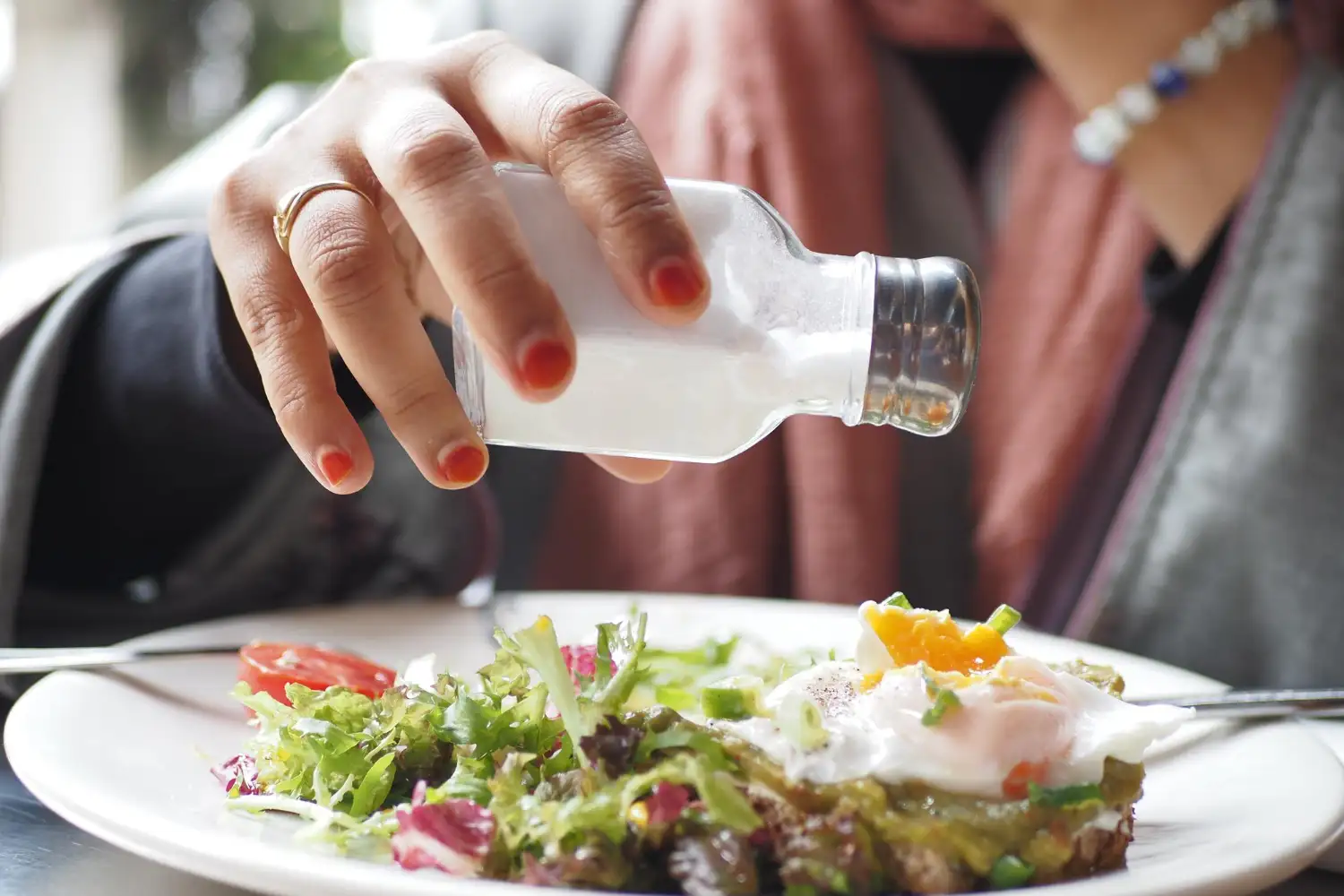
Eating salty food can trigger headaches, mouth sores, and back pain. This blog explains why and shares easy 2025 tips like hydration and low-sodium choices to feel better. Small diet changes help. Stay healthy and comfortable!
Eating salty food can make you feel uncomfortable. For example, you might get a headache, mouth sores, or even back pain. But why does this happen?
In this blog, we’ll explore why salty foods cause these problems. Moreover, we’ll share simple tips to help you feel better. Let’s dive in!
What Happens After Eating Salty Food?
Salt is tasty, but too much can harm your body. Specifically, salty foods have a lot of sodium. Your body needs sodium to work properly. However, eating too much can cause issues.
For instance, it affects your brain, mouth, and muscles. Consequently, you may feel pain or discomfort.
Why Does Sodium Cause Problems?
Sodium helps control water in your body. But too much sodium pulls water into your blood. As a result, your blood pressure rises. Additionally, your body holds onto extra water. This can lead to swelling or pain.
In 2025, studies show that high sodium intake affects 1 in 3 adults. Therefore, understanding its effects is crucial.
Headache After Eating Salty Food
Do you get a headache after eating salty food? You’re not alone. Many people experience this. Let’s explore why this happens and how to fix it.
Why Do Headaches Happen?
Eating salty food increases sodium in your blood. Consequently, your blood vessels tighten. This raises blood pressure. Moreover, tight blood vessels reduce blood flow to your brain. As a result, you feel a headache.
For example, eating chips or salty snacks can trigger this. Additionally, dehydration from salt makes headaches worse.
How to Prevent Headaches
To avoid headaches after eating salty foods, try these tips:
- Drink Water: Water helps flush out extra sodium. Aim for 8 glasses daily.
- Eat Potassium-Rich Foods: Bananas and spinach balance sodium levels.
- Limit Salt Intake: Check food labels for sodium content.
Here’s a table to help you choose low-sodium snacks:
| Snack | Sodium (mg) | Alternative |
| Potato Chips | 150 per serving | Unsalted Nuts |
| Pretzels | 400 per serving | Fresh Fruit |
| Canned Soup | 800 per serving | Homemade Soup |
By choosing these alternatives, you reduce sodium. Consequently, you lower headache risks.
Mouth Sores After Eating Salty Food
Mouth sores after eating salty food are painful. They make eating and talking hard. Let’s find out why this happens.
Why Do Mouth Sores Form?
Salty foods can irritate your mouth’s soft tissues. For example, chips or salty popcorn can scratch your gums. Additionally, high sodium dries out your mouth. As a result, your saliva decreases. Saliva protects your mouth from sores.
Therefore, less saliva means more sores. In 2025, experts note that salty diets increase mouth sore cases.
Tips to Avoid Mouth Sores
To prevent mouth sores after eating salty food, follow these steps:
- Rinse Your Mouth: Use water or a saltwater rinse after eating.
- Stay Hydrated: Drink water to keep your mouth moist.
- Eat Soft Foods: Choose yogurt or smoothies to avoid irritation.
Additionally, avoid spicy foods with salt. They can worsen sores. Instead, eat gentle foods like oatmeal.
Back Pain After Eating Salty Food
Back pain after eating salty food sounds surprising. However, it’s a real issue for some people. Let’s explore why.
Why Does Your Back Hurt?
Too much salt causes water retention. As a result, your body swells. This puts pressure on your muscles and spine. Consequently, you may feel back pain. Moreover, high blood pressure from salt strains your body.
In 2025, research shows that sodium-related swelling affects 20% of adults.
How to Ease Back Pain
To reduce back pain after eat salty food, try these:
- Stretch Daily: Gentle stretches relax your muscles.
- Stay Active: Walking helps reduce swelling.
- Cut Sodium: Eat fresh foods like vegetables and fruits.
Here’s a table of low-sodium meal ideas:
| Meal | Sodium (mg) | Alternative |
| Frozen Pizza | 700 per slice | Homemade Pizza |
| Processed Meats | 600 per serving | Grilled Chicken |
| Instant Noodles | 900 per serving | Whole-Grain Pasta |
By eating these alternatives, you reduce swelling. As a result, back pain decreases.
How to Balance Your Diet
Eating less salt is key to feeling better. However, you don’t need to give up flavor. Instead, use these tips to balance your diet.
Choose Fresh Foods
Fresh fruits and vegetables have low sodium. For example, apples, carrots, and broccoli are great choices. Additionally, they’re packed with nutrients. As a result, your body stays healthy.
Use Herbs and Spices
Instead of salt, use herbs like basil or spices like pepper. They add flavor without sodium. For instance, try garlic powder on chicken. Consequently, your meals taste great without risks.
Read Food Labels
Always check sodium on food labels. In 2025, new labels make this easier. Look for “low sodium” or “no salt added.” This helps you avoid hidden salt.
Hydration Is Key
Drinking water is vital after eat salty food. It helps your body flush out sodium. Moreover, it prevents dehydration. Dehydration worsens headaches, sores, and pain. Therefore, aim for 8–10 glasses of water daily. Additionally, drinks like herbal tea can help.
When to See a Doctor
Sometimes, discomfort doesn’t go away. For example, if headaches or back pain last for days, see a doctor. Additionally, frequent mouth sores need attention. They could signal other health issues. In 2025, telehealth makes it easy to consult doctors. So, don’t hesitate to seek help.
Long-Term Effects of Too Much Salt
Eating salty food often can harm your health. For instance, it raises risks for heart disease. Additionally, it can damage your kidneys. In 2025, studies show that high-sodium diets cause 1.8 million deaths yearly. Therefore, cutting salt now protects your future.
Start Small Changes
You don’t need to change everything at once. Instead, start with small steps. For example, cook at home more often. Additionally, swap salty snacks for fruits. Over time, these changes add up.
Conclusion: Feel Better After Eating Salty Food
Eating salty food can cause headaches, mouth sores, and back pain. However, you can feel better with simple changes. For instance, drink water, eat fresh foods, and use herbs. Additionally, check food labels to avoid sodium.
By following these tips, you stay healthy in 2025. So, take control of your diet today!
FAQs
High sodium tightens blood vessels, raising blood pressure and reducing brain blood flow, causing headaches. Drinking water and eating potassium-rich foods like bananas help.
Yes, salty foods irritate mouth tissues and reduce saliva, leading to sores. Rinse your mouth and drink water to prevent irritation.
Excess sodium causes water retention, swelling your body and pressuring your spine, leading to pain. Reducing salt and staying active can help.
Drink plenty of water, choose low-sodium foods like fruits, and use herbs for flavor. Checking food labels avoids hidden sodium.
If headaches, mouth sores, or back pain last for days, see a doctor. Persistent symptoms may indicate other health concerns.

Ethan Cole is an American journalist with expertise across weather, tech, travel, and culture. With over 15 years of experience, he delivers sharp, reader-friendly stories that simplify complex topics and connect with audiences worldwide.
Stay Informed With the Latest & Most Important News
Previous Post
Next Post
-
 01Happy Gilmore 2: Your Complete Guide to the Golf Comedy Sequel
01Happy Gilmore 2: Your Complete Guide to the Golf Comedy Sequel -
 02Joe Root’s Test Runs: England’s Batting Genius in Focus
02Joe Root’s Test Runs: England’s Batting Genius in Focus -
 03The Bad Guys 2 (2025): Everything We Know So Far
03The Bad Guys 2 (2025): Everything We Know So Far -
 04Demon Slayer: Kimetsu no Yaiba The Movie: Infinity Castle Tickets – Your Guide to the Epic Anime Event
04Demon Slayer: Kimetsu no Yaiba The Movie: Infinity Castle Tickets – Your Guide to the Epic Anime Event -
 05RTX 50 Series Unleashed: Next-Gen Gaming Power Awaits!
05RTX 50 Series Unleashed: Next-Gen Gaming Power Awaits! -
 06The Naked Gun 2025: What to Know About the Comeback Comedy Starring Liam Neeson
06The Naked Gun 2025: What to Know About the Comeback Comedy Starring Liam Neeson -
 07Freakier Friday 2025: Full Cast Breakdown, Plot Twists, Musical Throwbacks & Streaming Info
07Freakier Friday 2025: Full Cast Breakdown, Plot Twists, Musical Throwbacks & Streaming Info



